Q
What's the Road Tax of Proton S70? How to Calculate It?
The Proton S70, as a 1.5L turbocharged (1.5T) engine model, follows Malaysia's engine displacement-based road tax calculation standard. For passenger vehicles with 1.5L displacement (1501cc-1600cc), the annual road tax is priced at RM90. For first-year vehicle registration, owners must additionally pay a one-time registration fee (approximately RM200-RM300, depending on the vehicle model), which is typically handled by the dealership.
Malaysia's road tax adopts a tiered calculation system based on engine displacement, with vehicles under 1.6L subject to lower tax rates—one of the reasons for the Proton S70's popularity, offering both sufficient power and cost-effective ownership expenses. Owners can check or renew their road tax online through the JPJ official website or MyEG platform, while regular verification of payment status is recommended to avoid late penalties.
Special Disclaimer: This content is published by users and does not represent the views or position of PCauto.
Related Q&A
Q
Is the Proton S70 fuel consumption?
As the latest four - door sedan launched by the Proton brand, the Proton S70's fuel economy performance meets the mainstream level of Class B sedans. The official combined fuel consumption data is 6.0 - 6.4 liters per 100 kilometers (the specific figure varies depending on the driving mode and road conditions). This result is quite reasonable for the power combination of a 1.5 - liter turbocharged engine and a 7 - speed dual - clutch transmission.
The actual fuel consumption is affected by driving habits. For example, it may rise to 7.5 - 8.0 liters in congested urban areas in Kuala Lumpur, while it can drop to around 5.5 liters during high - speed cruising. It is recommended that car owners optimize fuel consumption through regular maintenance (especially replacing the air filter and spark plugs), maintaining a reasonable tire pressure (210 - 230 kPa), and avoiding rapid acceleration.
It's worth noting that the fuel consumption data of competing models in the same class, such as the Honda City and Toyota Vios, also fall within a similar range. This reflects that the current small - displacement turbocharging technology has become the mainstream solution for balancing power and fuel consumption. For users who often drive long - distance, the S70's 40 - liter fuel tank, combined with this fuel - consumption level, can provide a cruising range of approximately 600 kilometers, which can fully meet the inter - city commuting needs on the Malay Peninsula.
Q
Does the Proton S70 have a sunroof?
The current model configurations of the Proton S70 do not come with a sunroof. This car focuses more on performance in terms of power, intelligent technology, and practicality. For example, it is equipped with a 1.5T turbocharged engine and a wide range of driving assistance systems. For Malaysian consumers, while a sunroof can enhance interior lighting and create a more open - feeling cabin, it may also increase the interior temperature in the tropical climate. That's why many local models prioritize optimizing air - conditioning efficiency and heat insulation performance.
If you particularly value the sunroof configuration, you can consider some high - end versions of other models in the same class, such as the Honda City or the Toyota Corolla Altis. However, you need to be aware of the maintenance costs of the sunroof and the potential rattling issues that may occur over long - term use.
The Proton S70 is more positioned towards family practicality and cost - effectiveness. Its standard - equipped LED headlights, digital dashboard, and Advanced Safety Assist system can already meet the daily needs of most users. It is recommended that you weigh the priority of configurations based on your actual usage scenarios.
Q
How heavy is the Proton S70?
The weight of the Proton S70 is approximately between 1,300 and 1,400 kilograms, specifically depending on the vehicle configuration and powertrain. As a four - door sedan under Proton, this car adopts a lightweight design and an efficient powertrain, ensuring good fuel economy and driving performance. For Malaysian consumers, the Proton S70 has a moderate weight. It not only guarantees stability during high - speed driving but also doesn't significantly increase fuel consumption, making it highly suitable for daily commuting and long - distance driving.
Moreover, the vehicle weight also has a certain impact on the suspension system and braking performance. The Proton S70 has been carefully tuned in this regard, offering a comfortable driving and riding experience and reliable braking effects.
If you're interested in more details of the Proton S70, such as engine performance or safety features, you can further learn about its 1.5 - liter turbocharged engine and a wealth of advanced safety technologies, which are the highlights of this model.
Q
How many cylinders in the S70?
As a classic model from the late 1990s to the early 2000s, the Volvo S70's engine configurations vary depending on the market and version. The most common one is the inline 5-cylinder engine (that is, 5 cylinders), such as the 2.4-liter or 2.5-liter turbocharged versions. This engine is well - known for its smoothness and durability, which is suitable for Malaysia's diverse road conditions. For Malaysian users, the inline 5-cylinder layout strikes a balance between power output and fuel economy. Meanwhile, Volvo's engine technology also emphasizes safety and environmental protection standards, meeting the local people's trust in European cars. If you're considering a used S70, it's recommended to check the engine maintenance records because the number of cylinders directly affects the complexity of repairs and the supply of spare parts. Special attention should be paid to the maintenance of the cooling system and ignition coils in Malaysia's humid climate. In addition, modern Volvo models generally use 4-cylinder engines or hybrid power, but the 5-cylinder design of the S70 remains a unique symbol in the hearts of car enthusiasts. Its sound and power characteristics were quite distinctive among cars of the same class back then.
Q
Is the Proton S70 Heavier Than the X50?
The weight of the Proton S70 is approximately between 1,325 kg and 1,345 kg, depending on different versions. Meanwhile, the Proton X50 weighs between 1,300 kg and 1,330 kg. There isn't a significant difference in weight between the two, but as a three - box sedan, the S70's body structure focuses more on high - speed stability, so it's slightly heavier. In contrast, as a compact SUV, the X50's body design leans more towards flexibility and passability, and its weight distribution is also different.
In the Malaysian market, both models adopt Proton's latest technological platforms. The S70 is built on the BMA platform, while the X50 shares the platform with the Geely Binyue. Both cars have done well in lightweight design, ensuring body rigidity while also taking fuel economy into account.
For consumers, when making a choice, besides the weight, they can also consider space requirements, driving habits, and usage scenarios. For example, the S70 is more suitable for long - distance driving, while the X50 is better for urban commuting and occasional light off - road driving. Both cars demonstrate Proton's advantages in local production and tuning, and can well adapt to the road conditions and climate in Malaysia.
Q
How many seats does the Proton S70 have?
The Proton S70 is a five-seater sedan with a standard four-door, three-box design, offering Malaysian consumers a comfortable seating space and a practical family car experience. As the latest model under the Proton brand, the S70 focuses on ergonomics in its seat design. The front seats provide excellent support, while the rear seats balance legroom and seating comfort, making it suitable for long-distance travel or daily commuting. The trunk of this car also has a relatively large capacity, which can meet the storage needs of family trips.
The Proton S70 is equipped with a 1.5-liter turbocharged engine, delivering a well-balanced performance. Meanwhile, it comes with a rich array of technological features, such as an advanced infotainment system and driving assistance functions, further enhancing driving convenience and safety.
For Malaysian consumers, the Proton S70 is an outstanding choice in terms of cost-effectiveness, especially for family users who value practicality and comfort. Its localized design and manufacturing also ensure the convenience of after-sales service.
Q
How much torque does a Proton S70 have?
As the latest sedan model of the Proton brand, the Proton S70 is equipped with a 1.5-liter turbocharged four-cylinder engine. Its maximum torque output reaches 226 Nm and is continuously delivered within a wide speed range of 1,500 to 4,000 rpm. This tuning is particularly suitable for the common scenarios of urban congestion and highway overtaking in Malaysia. This torque data stands out among 1.5T models in the same class. Paired with a simulated 7-speed CVT transmission, it can balance smoothness and fuel economy.
It's worth noting that the low-speed and high-torque characteristics of the turbocharged engine give the S70 an edge when starting and climbing hills. The width of the torque peak platform also means that you don't need to downshift frequently to get sufficient power in daily driving. For Malaysian consumers, this kind of power configuration can not only meet the needs of family cars but also provide enough driving confidence during occasional long-distance trips. At the same time, it meets the local market's emphasis on fuel efficiency.
If you want to further understand the impact of torque on the driving experience, you can observe the vehicle's performance on mountain roads such as Genting Highlands. Ample torque can significantly reduce the power loss when climbing hills.
Q
Is the Proton S70 turbo?
Yes, the Proton S70 is equipped with a 1.5-liter turbocharged engine. This engine can deliver 150 horsepower and 226 Nm of torque. Paired with a 7-speed dual-clutch transmission, it offers decent power performance and fuel economy. As a four-door sedan under the brand, the Proton S70 inherits the technological and design advancements of Proton in recent years, especially in the powertrain. The application of turbocharging technology makes it more competitive among models in the same class. The advantage of the turbocharged engine lies in its ability to provide stronger torque at low speeds, which is suitable for the frequent stop-and-go traffic conditions in Malaysian cities. Meanwhile, it can also maintain good power reserve during high-speed driving. For consumers who focus on power performance, the turbocharged engine of the Proton S70 is a worthy option to consider. Moreover, Proton's local service network can also provide convenient after-sales support for car owners. If you're interested in turbocharging technology, you can also learn about its working principle and the precautions for daily maintenance to ensure the vehicle stays in good condition for a long time.
Q
Is the Proton S70 a hybrid?
The Proton S70 isn't a hybrid model. It's a traditional four-door sedan powered by fuel. It's equipped with a 1.5-liter turbocharged gasoline engine and paired with a CVT transmission. It belongs to the new sedan models under the Proton brand. At present, Proton's hybrid technology is mainly applied to SUV models like the X90, which uses a 48V mild-hybrid electric vehicle (MHEV) system. As a sedan focusing on economy, practicality and sporty design, the S70 still relies on fuel power.
For Malaysian consumers, if they're considering fuel-saving and eco-friendly options, they can keep an eye on Proton's potential new-energy models in the future, such as the rumored all-electric Persona or Iriz. However, at this stage, the S70 is more suitable for users who pursue power performance and cost-effectiveness.
Hybrid technology is gradually becoming popular in the Malaysian market. Japanese models like the Toyota Corolla Cross Hybrid or the Honda City RS e:HEV also offer more choices. Nevertheless, the advantage of the Proton S70 lies in the high cost-effectiveness of parts and the convenience of after-sales service of this local brand. It's suitable for family users with limited budgets who need large space and rich configurations.
Q
What is the horsepower of Proton S70?
The Proton S70 is equipped with a 1.5-liter turbocharged four-cylinder engine, which delivers a maximum horsepower of 150 and a peak torque of 226 Nm. It's paired with a 7-speed dual-clutch transmission, and its power performance is more than enough to meet the needs of daily driving and highway cruising. This engine adopts direct injection technology, which not only improves fuel efficiency but also optimizes power output. It's well-suited to Malaysia's diverse driving environments and can handle both city commuting and long-distance trips.
As an important model under the brand, the Proton S70 showcases Proton's technical expertise in powertrain systems. Moreover, its suspension setup strikes a good balance between comfort and handling, making it suitable for local road conditions.
For readers who want to learn more about automotive knowledge, they can focus on the advantages of turbocharging technology. For instance, it can provide ample torque at low engine speeds, making it easier for the vehicle to start and overtake. Meanwhile, the dual-clutch transmission enables quick gear changes, enhancing driving pleasure and fuel economy.
These features of the Proton S70 make it a highly competitive option in its class, especially for Malaysian consumers who value cost-effectiveness and practicality.
Latest Q&A
Q
Is the Peugeot 508 a sedan?
Yes, the Peugeot 508 is a mid-sized sedan. It adopts Peugeot's latest design language, featuring smooth body lines and an elegant appearance, which perfectly meets the Malaysian consumers' needs for both style and practicality. The Peugeot 508 not only offers a traditional gasoline version but also has a plug-in hybrid electric vehicle (PHEV) option. It balances fuel economy and environmental protection performance, fitting the Malaysian market's demand for energy-efficient vehicles.
Moreover, its interior is exquisitely designed and equipped with advanced technological features, such as a full-digital instrument cluster and a large-sized central control screen, which enhance the driving experience. In Malaysia, the main competitors of the Peugeot 508 include models like the Honda Accord and Toyota Camry. However, with its unique design and the driving feel typical of French cars, it provides consumers with more choices.
If you're interested in the 508, it is recommended that you visit a local Peugeot dealership for a test drive to personally experience its handling performance and comfort.
Q
How big is the boot on a Peugeot 508?
The trunk of the Peugeot 508 has a volume of approximately 487 liters. This space is more than enough to meet the daily needs of most families. For example, you can easily place suitcases, shopping bags, or other large items in it. For users in Malaysia, this capacity is highly suitable for storing things during weekend getaways or long - distance trips.
The trunk is designed quite regularly, and the opening is wide enough, which makes it convenient to load and unload items. Meanwhile, the rear seats can be folded down in a split ratio, further expanding the storage space and offering high flexibility. In addition, the trunk of the 508 is equipped with useful hooks and straps, which are handy for securing fragile or slippery items.
In Malaysia's hot and rainy climate, the trunk's sealing performance and durability are also commendable. It can effectively protect items from being affected by moisture or high temperatures. If you need more storage space, you can consider adding a roof box. However, be aware that this may slightly increase fuel consumption and wind noise.
Overall, the trunk design of the Peugeot 508 combines practicality and convenience, and can meet the daily usage scenarios of most Malaysian users.
Q
Which country made Peugeot 508?
The Peugeot 508 is a car made in France. Peugeot is a well-known French automobile brand with a profound historical and cultural heritage. As a D-class mid-sized sedan in its lineup, the Peugeot 508 showcases French automobile manufacturing craftsmanship and design concepts.
The 2019 Peugeot 508 GT attracts consumers with its unique charm. It is priced at RM 202,007. The official combined fuel consumption is 6L per 100km. It uses gasoline as fuel, has a Turbo turbocharging intake system, and has 4 seats. It combines French romance and elegant style, and also performs excellently in terms of automotive technology and quality, bringing consumers a unique driving and riding experience.
Q
Does a Peugeot 508 have a timing belt or chain?
The Peugeot 508 has adopted different timing drive designs according to different years and engine models. The early 1.6-liter and 2.0-liter diesel engine versions usually use a timing belt, while the 1.6-liter THP gasoline engine versions launched in recent years have switched to a timing chain. These two designs each have their own advantages and disadvantages. The timing belt has a lower cost but needs to be replaced regularly (usually every 60,000 to 100,000 kilometers). On the other hand, the timing chain is more durable and basically maintenance-free, but it may be a bit noisier. Malaysian car owners should refer to the vehicle manual or consult an authorized service center to confirm the specific configuration of their vehicles. By the way, I'd like to remind everyone that regular inspections are very important regardless of which timing system is used, because once a failure occurs, it may cause serious damage to the engine. Additionally, in the hot and humid climate of Malaysia, the rubber timing belt will age faster, so it's even more necessary to strictly follow the maintenance schedule for inspections and replacements.
Q
What kind of engine is in the Peugeot 508?
The Peugeot 508 offers a variety of powertrain options in the Malaysian market, including efficient petrol and diesel engine versions. The petrol engine is mainly a 1.6-liter PureTech turbocharged engine, which delivers 180 horsepower and 250 Nm of torque. It's paired with an 8-speed automatic transmission, balancing power and fuel economy. The diesel version, on the other hand, is equipped with a 2.0-liter BlueHDi engine, which has stronger torque output and is suitable for long-distance driving.
In addition, the Peugeot 508 also offers a plug - in hybrid electric vehicle (PHEV) version. It combines a 1.6-liter petrol engine with an electric motor, with a combined output of up to 225 horsepower. It has an all-electric range of about 50 kilometers, making it a great choice for environmentally-conscious consumers.
Peugeot's engine technology focuses on low emissions and high efficiency, meeting the global environmental protection trend. Meanwhile, its driving experience leans towards comfort and precise handling, which is suitable for the diverse road conditions in Malaysia.
For readers who want to know more about engine technology, they can focus on how turbocharging and hybrid systems enhance performance and energy-saving. These technologies are becoming more and more popular in the current automotive industry.
View MoreRelated News

Proton S70 Interior Revealed: More Advanced Technology Features
MichaelJul 2, 2025
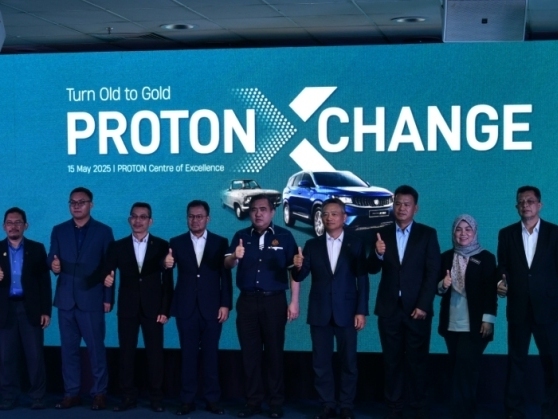
Proton Xchange: Get RM2000 Extra for Your Old Vehicle!
JamesMay 21, 2025
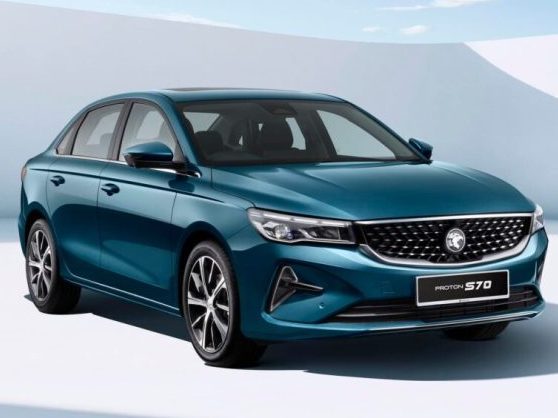
Proton S70 Price Revealed: Complete Buying Guide for Your Best Deal
RobertApr 9, 2025

Proton S70 sales not meeting expectations? But its prototype sells tens of thousands of units every month in China
JamesDec 25, 2024
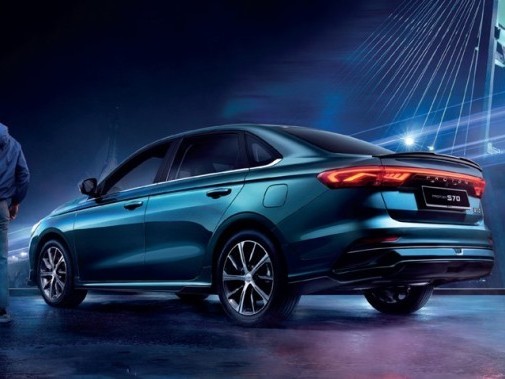
2024 Proton S70: A New Choice for Class C cars! Top Model Exclusively in Quartz Black color!
JamesSep 3, 2024
View More










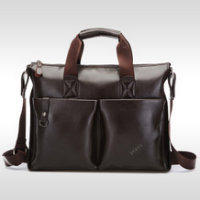
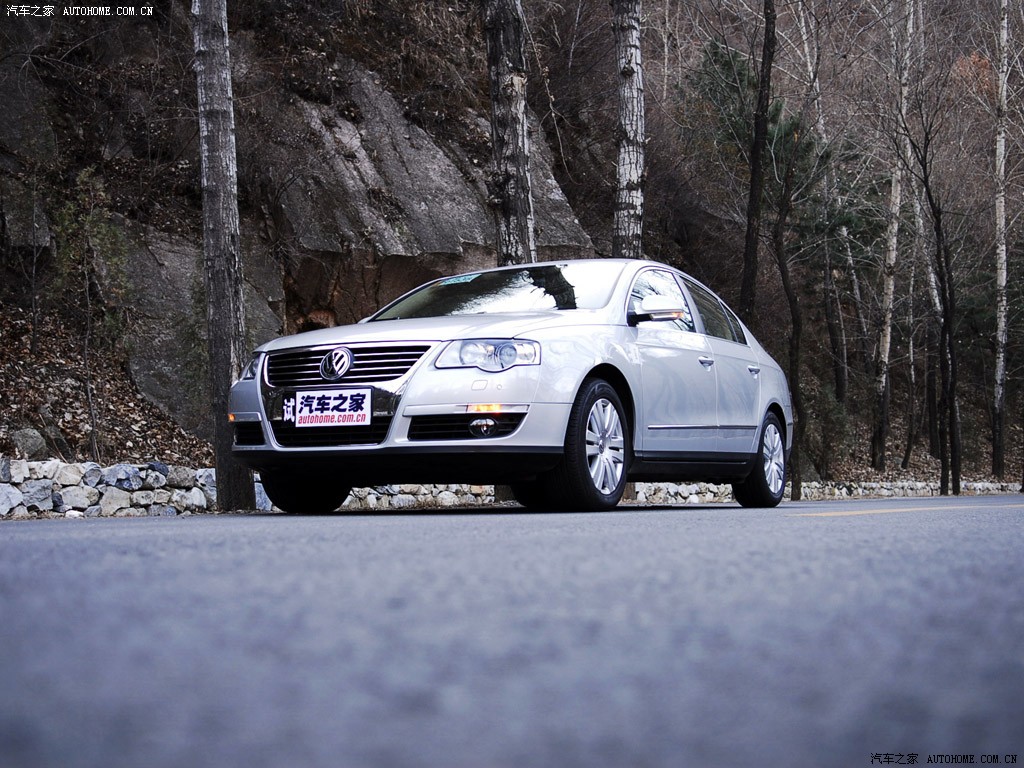
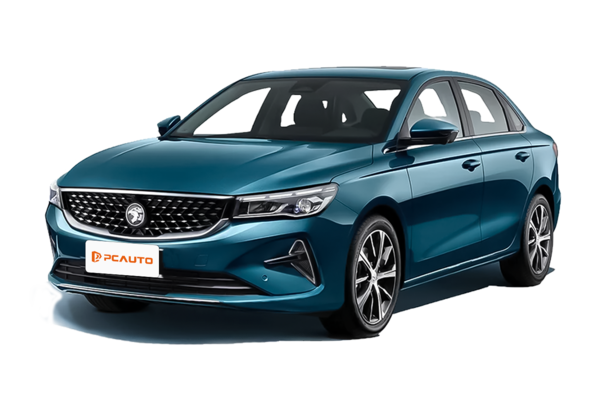





Pros
Cons